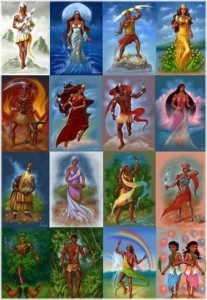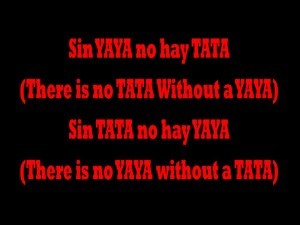There are many Orishas in the Santeria tradition, some are very known: Elegua, Ogun, Ochosi, Obatala, Chango, Oshun, Yemaya, Oya, others are not as popular, but not least powerful.
Anyone can call the Orishas for help, the Orisha Spirits are everywhere and you do not need to be initiated to call for their help or favors.
You can prepare small altars, make offerings and pay homage to any Orisha, however, you must understand and acknowledge the fact that that building an altar or having an amulet done for any Orisha does not mean that you have that Orisha, you cannot self-initiate to Santeria. Santeria initiations and consultations must be done in person by a qualified Santero or Babalawo!
It is always a good idea to discuss what you want to do with an initiated priest, sometimes the Orishas may not want what you are offering or there may be other Orishas willing to come and help you. In the Santeria Tradition, initiated priests have the tools to ask the Orishas what they want for every situation and we always ask them before we set any offerings. Sometimes the Orisha you feel attracted to may not be your guardian or ruling Orisha.
The Orisha’s energies are part of nature, Elegua is everywhere, but always work for him in the bushes, if you want to talk to Oshun, you go to the river, if you want to talk to Yemaya, go to the ocean, to reach for Obatala, go to the highest mountain close to you, works for Ogun are best if done in the railroads, for Oya in the Cemetery and so on ..
But It is not wise to invoke the energy of any Orisha if you are not initiated, even initiated priests have to train themselves how to work with their own Orishas, this is living energy and can cause huge problems in untrained hands or unprepared bodies.
The energy of the Orishas is everywhere, just look around you, they always protect and hear you even when you think they may not.
Ashe
Yaya Maria

